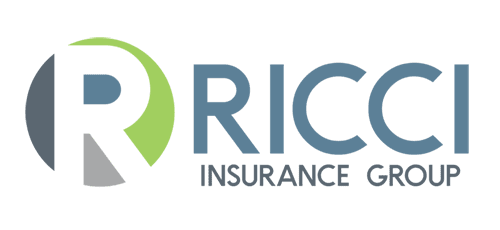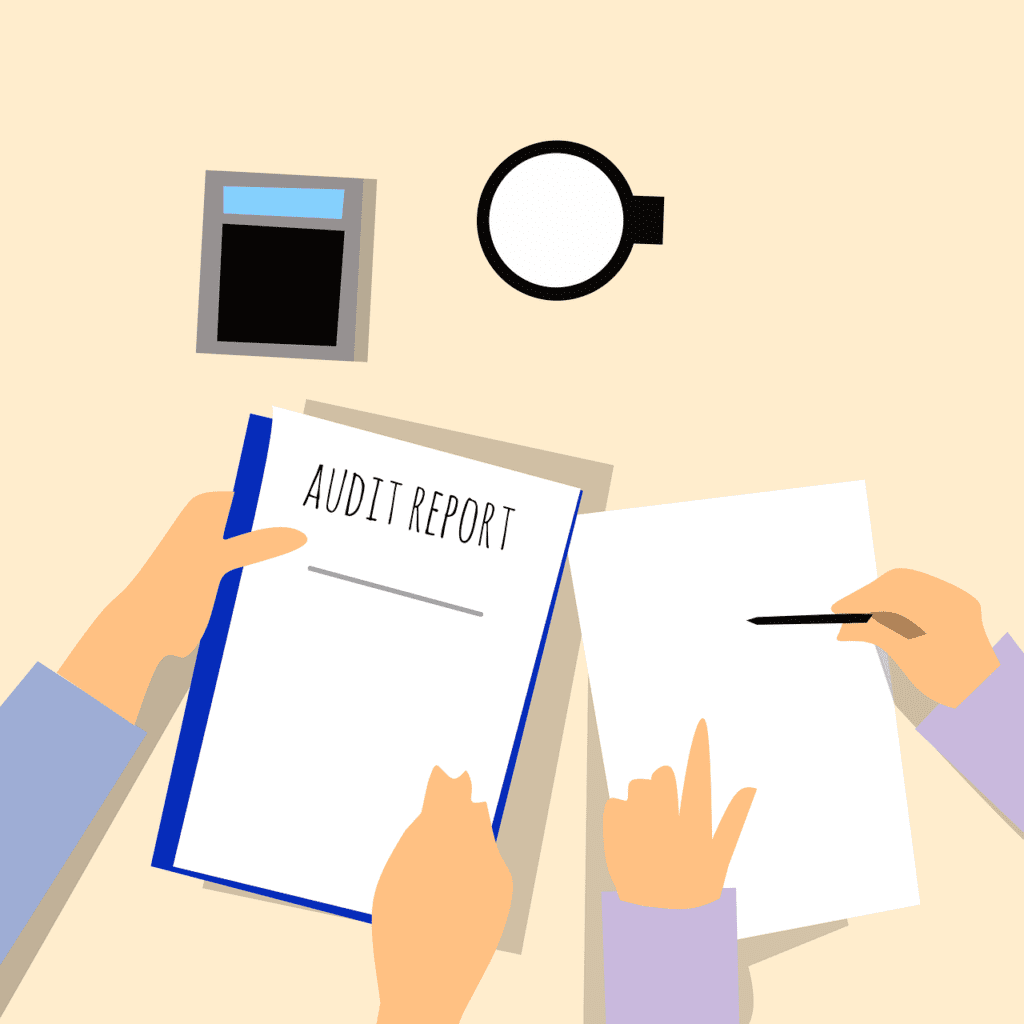When the time comes for an insurance audit, many businesses often feel a mix of anxiety and uncertainty. An insurance audit is designed to ensure that businesses are paying the appropriate premium for their exposure. This audit can be based on various factors such as payroll, sales, or square footage, depending on the type of insurance in question. While the process may sound daunting, with the right preparation and approach, you can ace it seamlessly. Here are the top 4 things you can do to ensure your insurance audit goes off without a hitch:
Stay Organized
Documentation
Before the audit, gather all necessary records, which might include payroll records, sales receipts, certificates of insurance or valid owner workers comp exemptions for all subcontractors, and any other documentation relevant to your coverage.
Classification
Ensure that employees and operations are properly classified. For instance, in workers’ compensation audits, different job roles have different risk classifications. Misclassification can result in paying more or less than required.
Digital Records
In our digital age, having an organized electronic filing system can greatly simplify the process. Regularly backup records to avoid loss of data. It’s a good idea to have digital reminders about expiring policies for your subcontractors to make sure you have documentation for the full policy term.
Understand Your Policy
Review Regularly
Regularly review your insurance policy and be sure you understand the basis upon which your premium is calculated. Whether it’s sales, payroll, or another metric, being aware allows you to anticipate what the auditor will look for. We like to remind our clients, “You grow, you owe!” so they are planning to pay additional premiums due after an audit.
Changes in Business
Keep your insurance agent informed about any significant changes in your business operations. For example, if you’ve expanded into a new area of business, your risk might change, which could impact your premium.
Open Communication
Ask Questions
If there’s anything you’re unsure about, ask your insurance agent or the auditor. It’s better to clarify doubts upfront than face discrepancies later.
Availability
Ensure that someone knowledgeable about the business is available to meet with the auditor, whether it’s an in-person or remote audit. This person should be familiar with the financial aspects of the company and the specifics of the insurance policy.
Feedback
After the audit, ask for feedback. If there were issues, understanding them can help you prepare better for the next time.
Plan Ahead
Schedule Conveniently
Try to schedule the audit at a time that’s convenient for you, so you’re not rushed or stressed.
Pre-Audit Review
Before the official audit, conduct an internal review. This can help you identify and address potential issues before the auditor sees them.
Stay Updated
Regulations and classifications can change. Regularly touch base with your insurance agent to ensure you’re aware of any updates that might affect your premium or the audit process.
In conclusion, an insurance audit doesn’t have to be a daunting experience. With organization, understanding, open communication, and foresight, the process can be smooth and stress-free. By following these best practices, not only will you ace your insurance audit, but you’ll also foster a better relationship with your insurance provider. In the world of business, that’s a win-win.





